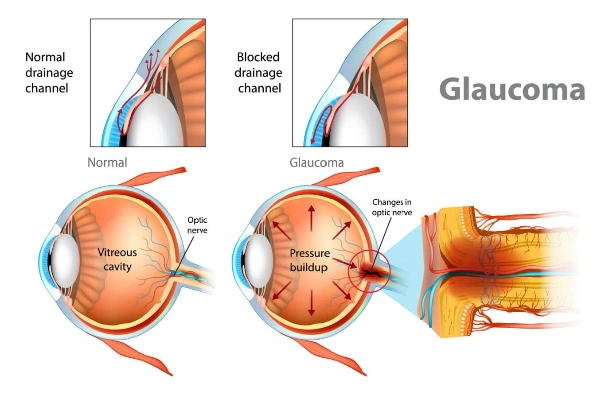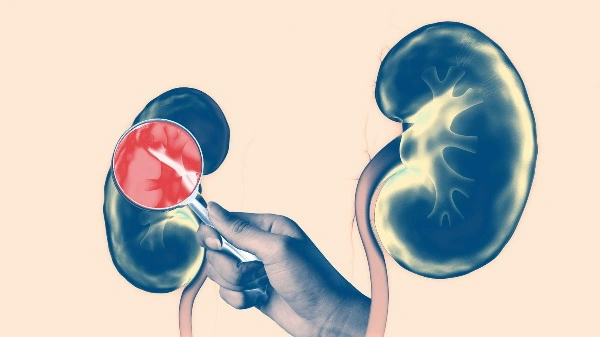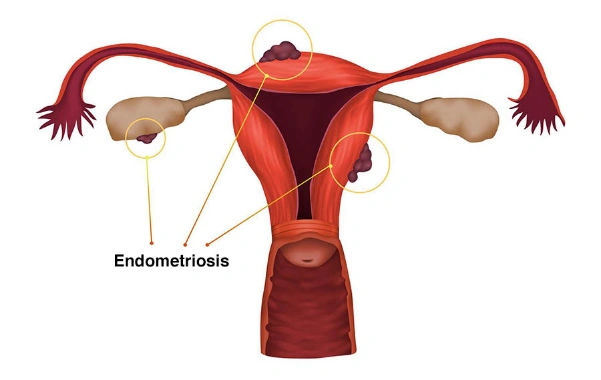Glaucoma is it hereditary

If you tested your DNA with a personal genomics service like 23andMe, AncestryDNA, FamilyTreeDNA, MyHeritage or another testing company, you can learn more about your risk factors for hundreds of diseases. By clicking the button above ⬆️, you can upload your raw DNA data file and receive a personalized 250-page health report with research links that is the most comprehensive.
Hereditary primary open-angle glaucoma is the prevailing kind of glaucoma. If any of your immediate family members have this condition, you're more susceptible than other individuals. The risk factor for developing glaucoma amplifies four to nine times with a positive family history.
It is known that primary congenital glaucoma, which is identified in infants, can be attributed to mutations found in CYP1B1 or LTBP2 genes. Other genetics such as MYOC, FOXC1, and COL1A have also been linked to this type of glaucoma. Inherited through an "autosomal recessive" pattern where both parents carry the mutation but do not suffer from any symptoms; their offspring may potentially acquire two copies of the mutation leading them towards developing glaucoma. To spot signs of congenital glaucoma among your toddler or infant lookout for indications such as constant tearing up eyes excessively reacting towards light exposure blinking more than often making visibility all hazy due to cornea's cloudiness - a clear exterior cover over our eye area.
Research efforts are still underway to unveil fresh mutations that cause primary congenital glaucoma. Recently, a study discovered that thrombospondin 1 (THBS1) gene mutation is responsible for the condition in three unrelated families belonging to different ethnic backgrounds. Scientists determined that this genetic alteration leads to abnormal build-up of thrombospondin protein within cells constituting the drainage system.
Developmental glaucoma is another type of childhood glaucoma which can be linked to mutations in genes participating in the development process of the eye. Children diagnosed with this form may have irregularities affecting both their front ocular region and mechanisms connected to draining fluid from their eyes. Notably, some genetic factors associated with developmental glaucoma are PITX2, PAX6 and FOXC1.
The inheritance of mutations in these genes follows an "autosomal dominant" pattern, where the glaucoma can be apparent even if only one copy of the mutated gene is inherited. As a result, up to 50% of children within a family may be affected by this condition.
Follow the link of the selected polymorphism to read a brief description of how the selected polymorphism affects Glaucoma and see a list of existing studies.
SNP polymorphisms related to the topic Glaucoma:
| rs7037117 | Toll-like receptor gene polymorphism is associated with normotensive glaucoma. |
| rs1048661 | The LOXL1 gene variant is associated with primary open-angle and primary closed-angle glaucoma, exfoliative glaucoma, and cataracts. |
| rs284489 | The common variant is associated with increased susceptibility to optic nerve degeneration in glaucoma. |
| rs10483727 | The common variant GRCh38 are associated with increased predisposition to optic nerve degeneration (association with vertical ratio of the calyx to optic disc) in glaucoma. |
| rs523096 | The CDKN2B polymorphism is associated with primary open-angle glaucoma (POUG). |
| rs735860 | The CDKN2B polymorphism is associated with primary open-angle glaucoma (POUG). |
| rs2157719 | The CDKN2B polymorphism is associated with primary open-angle glaucoma (POUG). |
| rs3213787 | The CDKN2B polymorphism is associated with primary open-angle glaucoma (POUG). |
| rs4977756 | The CDKN2B polymorphism is associated with primary open-angle glaucoma (POUG). |
| rs16958445 | TBC1D21 gene breakage associated with exfoliative glaucoma. |
| rs2244380 | Myocilin and optineurin coding variants increase the risk of primary glaucoma. |
| rs893818 | LOXL1 gene polymorphism, a candidate polymorphism for exfoliative glaucoma, is also associated with the risk of developing primary open-angle glaucoma. |
| rs4886776 | LOXL1 gene polymorphism, a candidate polymorphism for exfoliative glaucoma, is also associated with the risk of developing primary open-angle glaucoma. |
| rs59072263 | ICA1 gene variant as a locus of intraocular pressure sensitivity and glaucoma susceptibility. |
| rs4656461 | Genetic variants in the TMCO1 gene are associated with high voltage glaucoma and normal voltage glaucoma, and characterisation of protein in the eye. |
| rs7555523 | Genetic variant associated with different risks of developing high-tension glaucoma and normal-tension glaucoma. |
| rs2304721 | Effect of LOXL1 gene polymorphism in exfoliative syndrome and exfoliative glaucoma. |
| rs28936694 | CYP1B1, a potential modifier gene: digenic inheritance of open-angle glaucoma with early onset. |
| rs1056836 | CYP1B1 mutation variant associated with primary congenital open-angle glaucoma. |
| rs1536482 | Breakage related to the thickness of the central cornea of the eye and keratoconus. |
| rs235913 | Association of the MYOC gene with primary closed-angle glaucoma. |
| rs10916 | Association of CYP1B1 haplotype with primary open-angle glaucoma. |
| rs162562 | Association of CYP1B1 haplotype with primary open-angle glaucoma. |
| rs7830 | A variant of the endothelial nitric oxide synthase NOS3 gene is associated with normal and high pressure glaucoma. |
| rs2165241 | A DNA sequence variant in the LOXL1 gene is associated with pseudoexfoliative glaucoma. |
| rs3825942 | A DNA sequence variant in the LOXL1 gene is associated with pseudoexfoliative glaucoma. |
| rs7865618 | A common variant on chromosome 9p21 is associated with normal tension glaucoma. |
| rs604864 | |
| rs862037 | |
| rs893817 | |
| rs1440101 | |
| rs2028377 | |
| rs2070744 | |
| rs3132306 | |
| rs4297993 | |
| rs7095146 | |
| rs7961361 | |
| rs8014087 | |
| rs8041685 | |
| rs10796028 | |
| rs11101190 | |
| rs12940030 | |
| rs17373884 | |
| rs17512962 | |
| rs17784350 | |
| rs72549382 | |
| rs113695387 | |
| rs150936840 | |
About The Author
Li DaliLi Dali, a National Foundation for Outstanding Youth Fund recipient, is a researcher at the School of Life Sciences in East China Normal University. He earned his PhD in genetics from Hunan Normal University in 2007 and conducted collaborative research at Texas A&M University during his doctoral studies. Li Dali and his team have optimized and innovated gene editing technology, leading to the establishment of a world-class system for constructing gene editing disease models.


